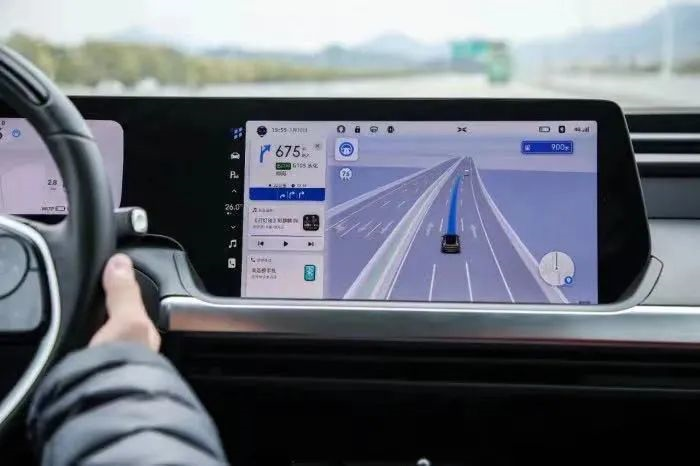Software-Defined Cars: Arm’s New Architecture and Reference Platform to Facilitate Automotive Industry’s Future
By James Yang
The automotive industry is moving towards software-defined cars. More and more car models support FOTA (firmware over-the-air) and SOTA (software over-the-air) updates.
Newcomers like Tesla, NIO, and XPeng have already earned profits through this approach. The software-based revenue of XPeng, for instance, reached CNY 30 million ($4.64 million) in Q1 2021 and increased to CNY 50 million ($7.73 million) in Q2 2021.
Not only that, a report shows that software-defined implementation can create additional profits of up to $2,600-$7,500 per vehicle for automakers, making the prospects of the industry even brighter.
In response to this trend, the entire industry, from automakers to suppliers, is frantically hiring software talents to enhance their R&D capabilities. Some car manufacturers even started leading the design of integrated circuits, as did Tesla.
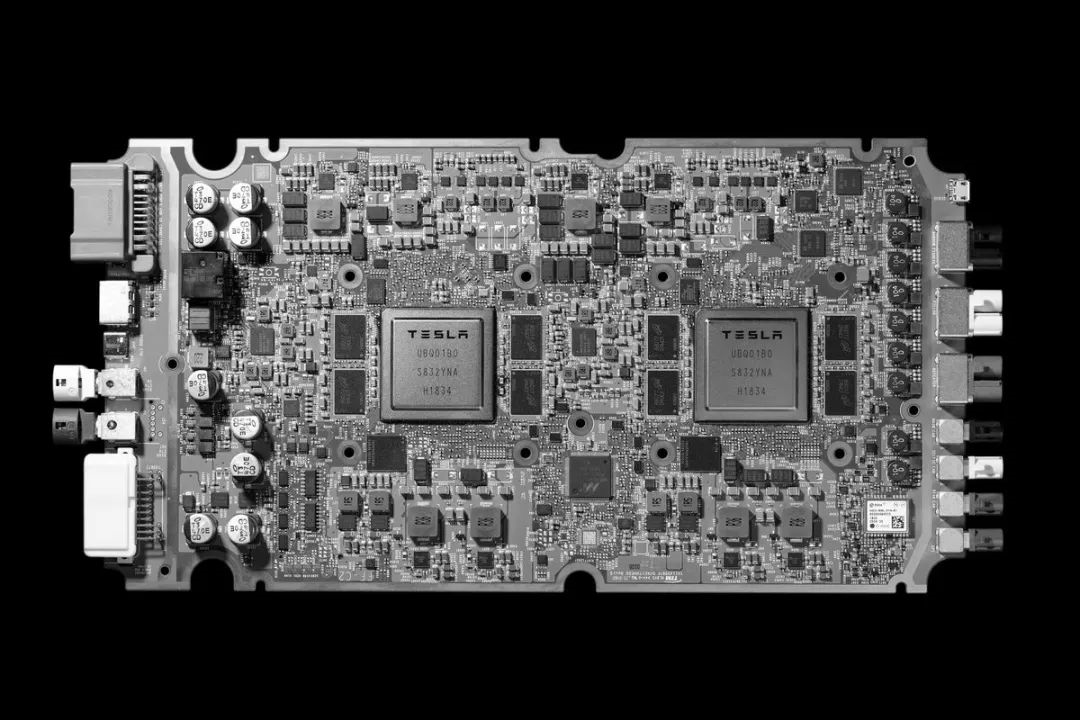
As a professional in the software field and a world-renowned semiconductor supplier, Arm cannot sit still and is now expanding into the automotive industry.
On September 16th, Arm announced the collaboration with leading companies in the automotive supply chain to launch new software architecture and reference implementations – an open, scalable architecture for embedded edge (SOAFEE) and two new reference hardware platforms, aimed at accelerating the realization of software-defined cars in the automotive industry’s future.
The All-New Open Architecture, SOAFEE
This is Arm’s SOAFEE.
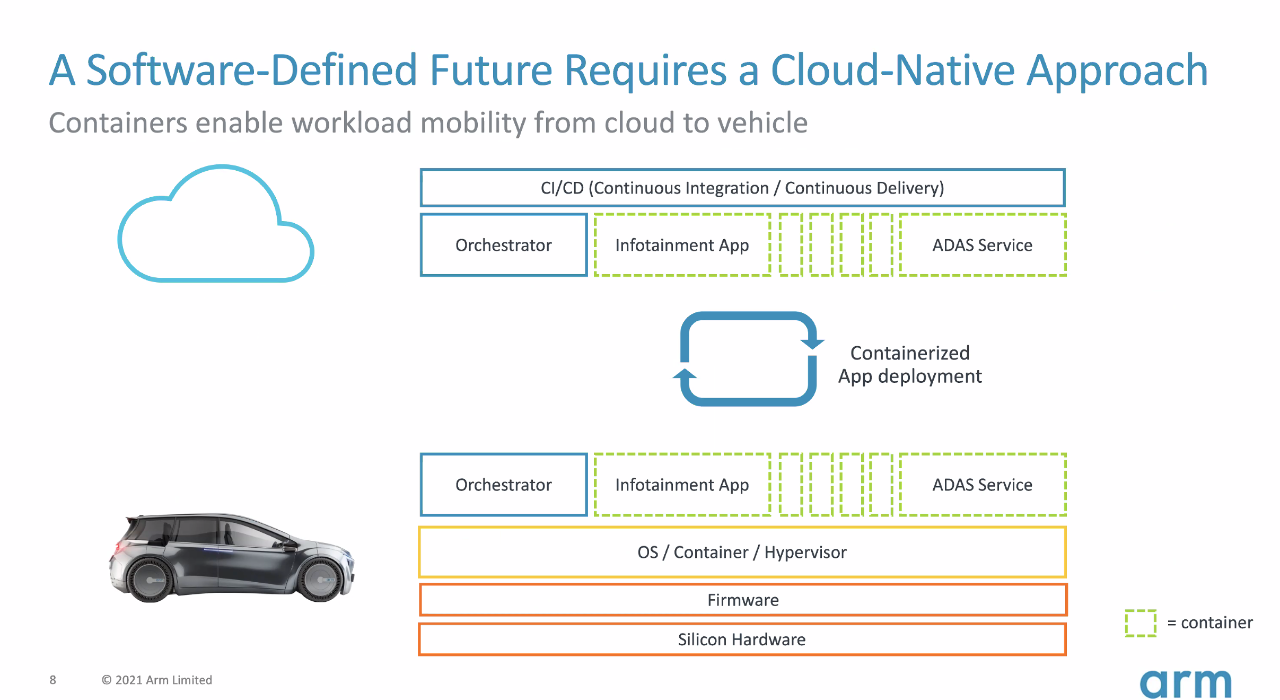
At the bottom layer is the hardware computational platform, with the firmware above it as the interface between the system software and hardware. Above that, various applications and services run independently in their respective containers, developed, tested, and validated in the cloud environment.
SOAFEE’s software development follows the cloud-native model. In the cloud, SOAFEE constructs the same software environment and builds a virtual hardware environment, the Virtual ECU, to ensure consistency between the cloud and the terminal.
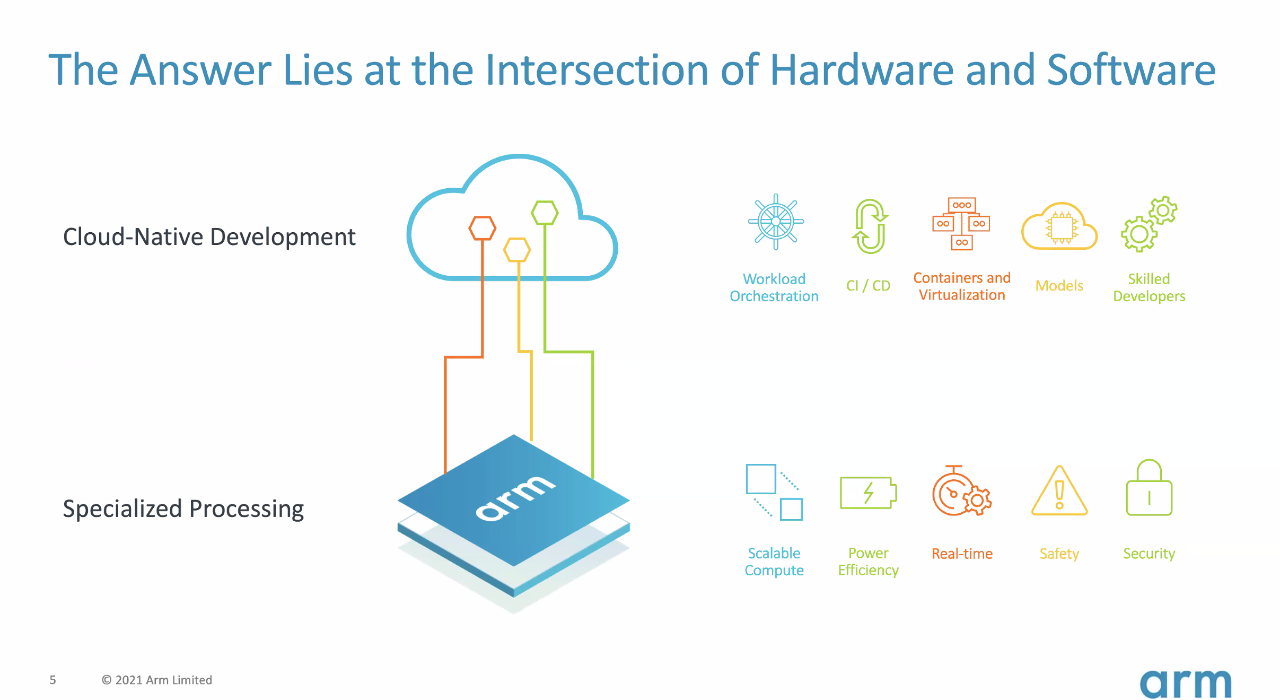 As mentioned earlier, Container development takes place in the cloud, and then an orchestrator software module configures appropriate hardware and software resources for applications and services in each Container, enabling them to perform their tasks in the car. Meanwhile, the cloud’s CI/CD (Continuous Integration/Continuous Delivery) module will be responsible for managing updates to applications and services.
As mentioned earlier, Container development takes place in the cloud, and then an orchestrator software module configures appropriate hardware and software resources for applications and services in each Container, enabling them to perform their tasks in the car. Meanwhile, the cloud’s CI/CD (Continuous Integration/Continuous Delivery) module will be responsible for managing updates to applications and services.
The advantage of doing this is that it can minimize the overall development and maintenance costs of the software.
According to the official statement, SOAFEE has good portability and is based on the Arm Project Cassini’s SystemReady open standard, which abstracts underlying hardware so that software can run on different hardware platforms.
Moreover, this is an open architecture. Apart from Arm, many car manufacturers, system integrators, semiconductor, software, and cloud technology leading enterprises have actively responded and participated, among which many familiar faces have shown up.
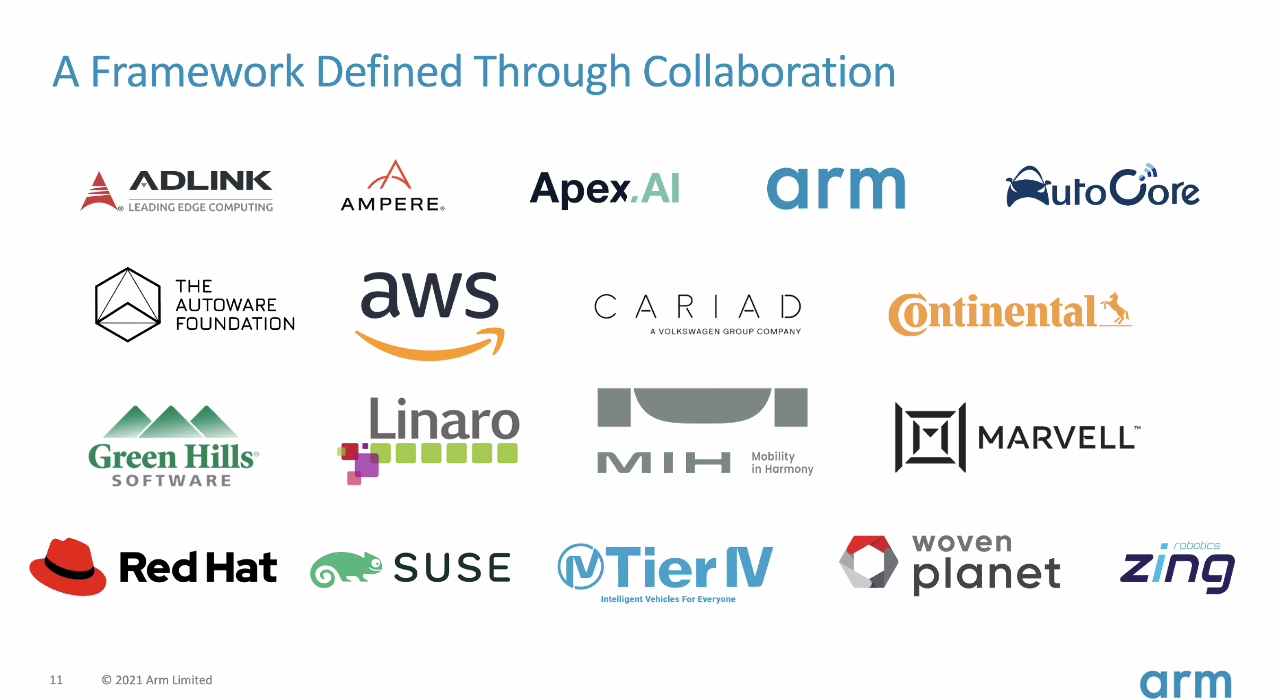
There is one company worth noting – Volkswagen CARIAD. This company is responsible for Volkswagen’s software development work and holds a significant position in Volkswagen’s 2030 strategy.
According to CARIAD, by 2025, 30% of all software used on Volkswagen products will be developed by CARIAD, and by 2030, this proportion will increase to 60%.
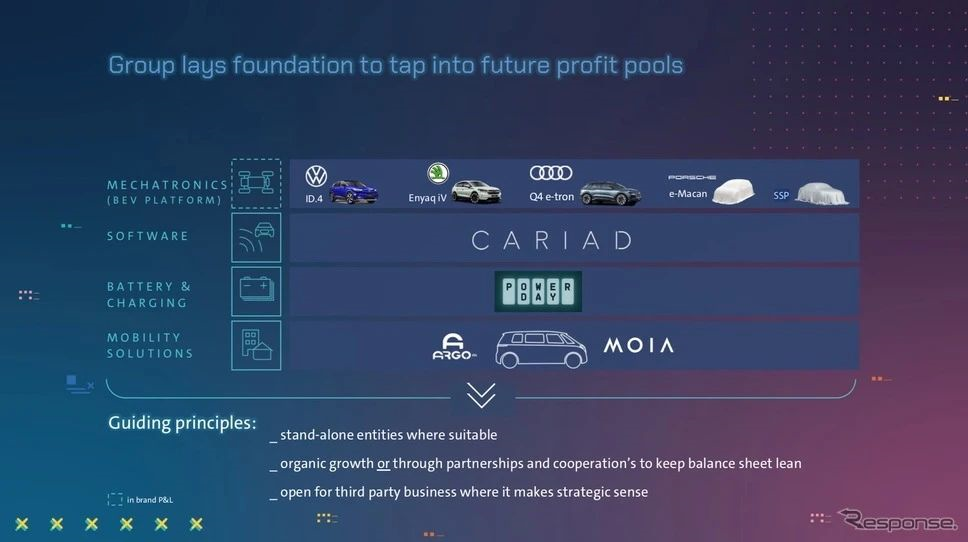
Riclef Schmidt-Clausen, Vice President and Head of Intelligent Cockpit and Body at Volkswagen Group CARIAD, revealed that CARIAD works closely with Arm to solve critical technical challenges and lay a solid foundation for the future of software-defined vehicles.
Apparently, Volkswagen has already decided to use the SOAFEE architecture to develop its software platform.
In addition, a team of experts composed of these leading enterprises has defined a reference implementation for SOAFEE and made it available as free open-source software for broad prototyping, workload exploration, and early-stage development.
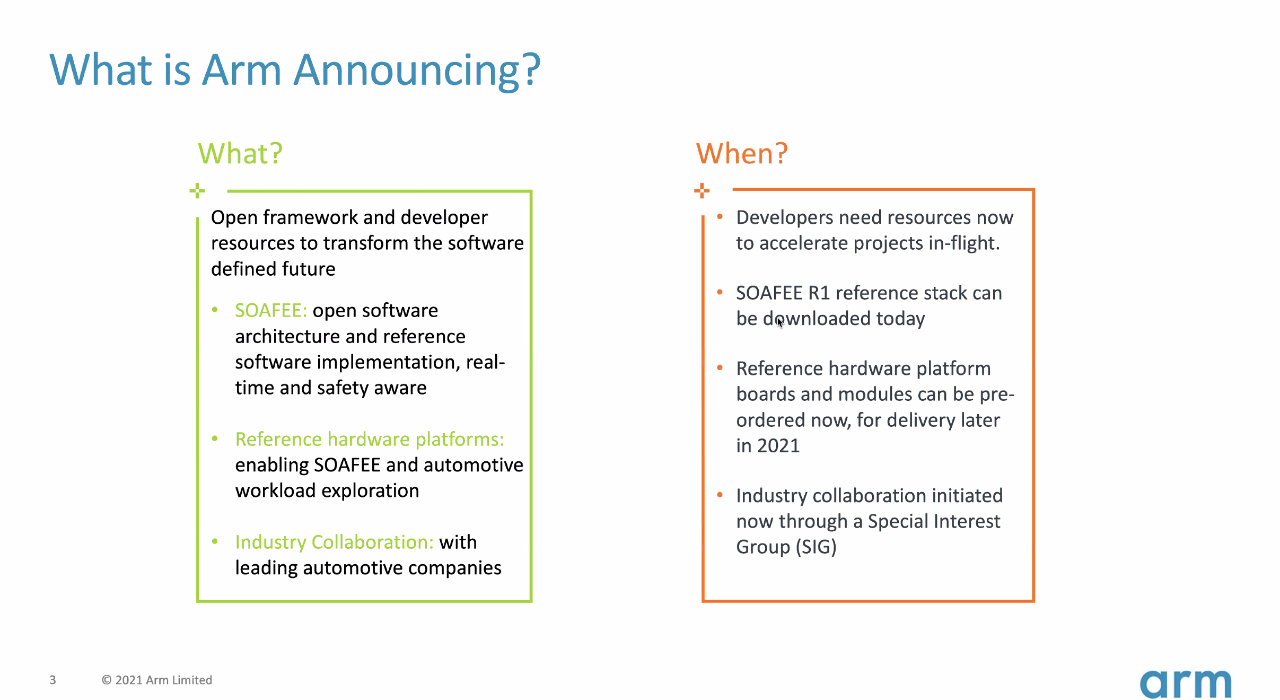
This also means that global partners can use this architecture for custom development. Currently, the product information and initial version of the reference implementation of SOAFEE have been made available for download.## A Good Thing
So how does the industry view this?
As Arm Automotive and IoT Business Unit’s Senior Director of APAC Partnership, Daniel Deng said in an interview, “When we were discussing this idea with car manufacturers, Tier 1 suppliers, and even IC design companies, everyone suddenly breathed a sigh of relief and thought that this idea was really good.”
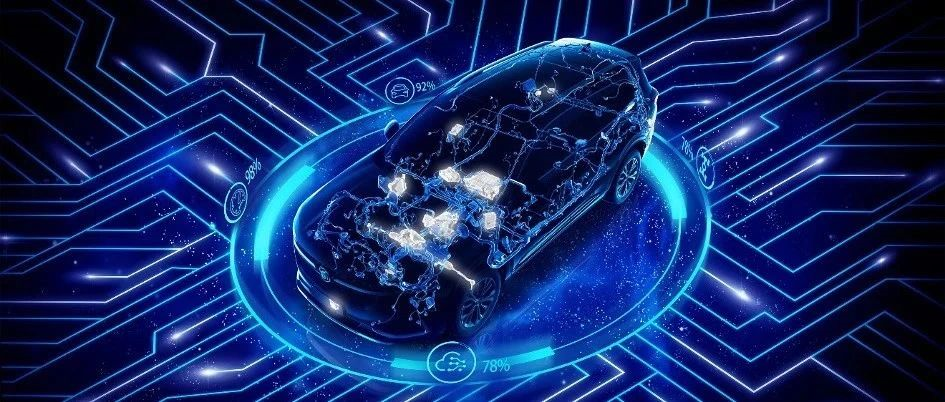
Although everyone is now transitioning towards technology companies, and the hardware architecture of vehicles is shifting from distributed to centralized, there is currently no unified standard for low-level development. Arm is doing just that: helping everyone build a solid foundation.
As for the monopoly concern, Deng emphasized that Arm had thought about this from the beginning of the design process. “We emphasize its openness. Its architecture is open. The so-called open architecture means that it must cover and accommodate various technologies, including those of different car manufacturers and software and hardware vendors, so that it will not be monopolized. Therefore, we are avoiding monopoly through an open architecture.”
Moreover, SOAFEE is an open-source project that everyone can share. “SOAFEE is open to global partners, including China.”

All in all, Arm’s release of SOAFEE is a good thing.
For car manufacturers, having such a low-level software foundation will significantly reduce software development costs, and they can invest more resources in the application layer and services to create new business sources (such as Tesla’s paid acceleration package). For IC design and software suppliers, they can better realize product differentiation and allow more cloud application developers to join the automotive innovation ranks, and enrich the automotive application ecology. For consumers, they can enjoy more customized car functions and improve their car experience.
After the launch event, Arm accepted interviews from the media, with interview notes summarized below (with slight deletions while preserving the original intent):
Q: In the past, automotive manufacturers did not define software as the core of a car, but now the situation has changed. How should traditional hardware suppliers adapt and adjust?
A: In the past, the automotive industry did indeed prioritize hardware. Now, as the trend of the entire industry changes, the importance of software is increasing as the functionality requirements become more and more stringent, making the software increasingly complex and important. Of course, this does not mean that hardware is not important anymore. It is just that relative to the past, the importance of software is increasing.For traditional hardware manufacturers, they must invest more resources and attention on software construction. However, because software has a very complex hierarchy, in terms of automakers, they should actually focus on application and service software.
For Tier 1 suppliers, to meet the applications and services of these automakers, they can pay more attention to the needs and development of middleware.
In addition to these software, there are many common things, such as operating systems, hypervisors, or software and firmware provided by some hardware manufacturers. In the cloud, these basic services need to be built by some third-party suppliers.
Q: Is the functionality of autonomous driving covered in the SOAFEE software architecture? Or is separate software required to achieve autonomous driving?
A: The functionality of autonomous driving is part of it, but the entire software architecture is not designed just for autonomous driving.
Our imagined software-defined car is an architecture that covers from the cloud to the end. In the automotive system, this architecture must cover all applications and services, or it can meet the needs of all applications and services, including smart cabins, traditional navigation systems, and even assisted driving or autonomous driving.
The functionality of autonomous driving is very complex, so it may be in an independent container, or it may require multiple containers to be combined to execute. I think this is an environment that must be given to the autonomous driving system.
Q: If the underlying hardware is not based on Arm architecture, can this software perform autonomous driving?
A: Yes. The purpose of the entire SOAFEE project is to standardize the interface between hardware and software, but it does not mean that your hardware architecture must use Arm’s architecture. There are many different hardware architectures that can provide a computational platform. Since SOAFEE is an open-source architecture, it must cover various different hardware and IP architectures. As long as it conforms to the standard interface between hardware and software, hardware architectures outside Arm can also be used on SOAFEE.
Q: Why did Arm choose to launch the SOAFEE architecture at this time?
A: The automotive industry is at a critical turning point, which has allowed us to see the entire hardware architecture shift from dispersion to centralized, and software development has become increasingly complex. A suitable method must be found to manage and develop, thus the concept of cloud native has also been introduced.
At the same time, due to the trend of new energy vehicles and electrification, including regulations in various regions, traditional petrol or diesel engine cars are forced to make some structural changes. In this structural change process, it is actually best to consider from the perspective of hardware and software, and even from the overall system architecture, whether there is a better architecture or technology that can make fundamental changes in a single step, to meet the future evolution of the automotive industry.Recently, there are many new start-up new energy car manufacturers in China, and the importation of automatic driving technology is also very vigorous. We believe that this is the right time to introduce new technologies and concepts and strive to contribute to the future of the automotive industry.
This article is a translation by ChatGPT of a Chinese report from 42HOW. If you have any questions about it, please email bd@42how.com.
